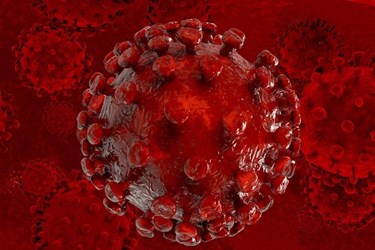Milk: A Novel Delivery System For Pediatric HIV Drugs

Scientists at Penn State have developed a method of altering proteins in milk so that they bind with antiretroviral drugs. The innovation is expected to greatly improve HIV/AIDS treatments for infants and small children, MedicalXpress reports.
Existing HIV/AIDS treatments pose problems when prescribed for young children and infants for a few reasons. Ritonavir, a commonly prescribed drug, does not disperse properly in a child’s system as it does in an adult, and it is difficult to administer orally.
According to Federico Harte, professor at Penn State, explains, “Ritonavir has a high hydrophobicity and low solubility in water, which lead to a low dissolution rate in the gastrointestinal fluid and, hence, to insufficient bioavailability.”
Harte explains that the liquid formula developed for children unable to swallow pills contains 43 percent ethanol, which is highly astringent, sour, and causes burning. Furthermore, Ritonavir causes serious side effects in children such as nausea, vomiting, and diarrhea.
Harte believes he might have found a solution in adapting proteins in milk called caseins to carry the drug molecules. Such proteins already deliver necessary amino acids and calcium from mother to child and these characteristics inspired scientists to try other molecules.
High-pressure homogenization increases the binding properties in casein proteins and is responsible for the vitamin D added to skim milk. Harte found that extra pressure allowed for more possibilities for hydrophobic drugs, such as Ritonavir.
Laboratory testing in piglets using a powdered milk formula has yielded promising results. However, more clinical trials must be performed and the data must be thoroughly examined before this delivery system is deemed safe for pediatric HIV/AIDS patients.
According to the WHO, a majority of children living with HIV were infected by their mothers either through child-birth or breast-feeding. With intervention, the risk of this type of transmission can be reduced to 2 percent, however these sorts of treatments are not accessible for all children at risk.
The WHO estimates that 3.4 million children are living with HIV, and only one third of those children are receiving treatment for the virus.
